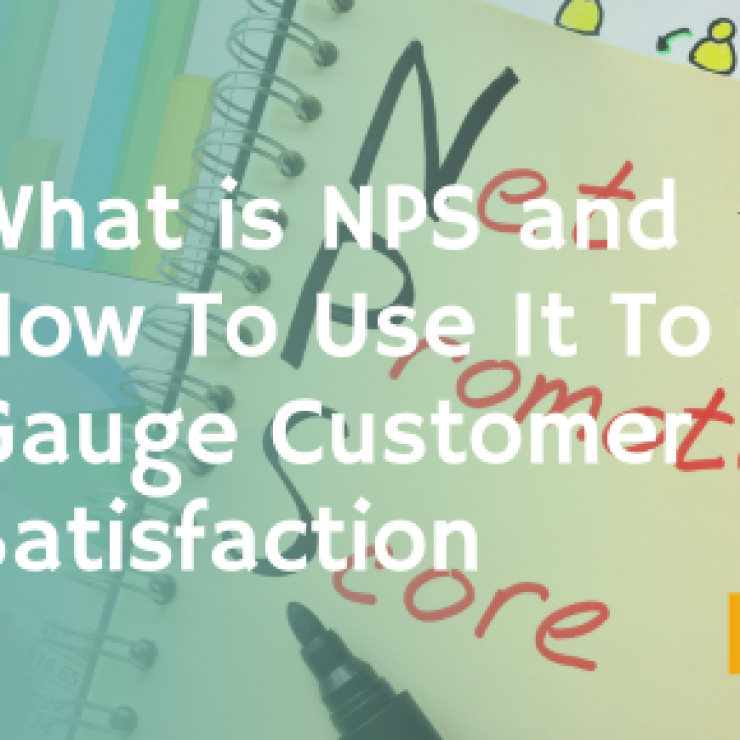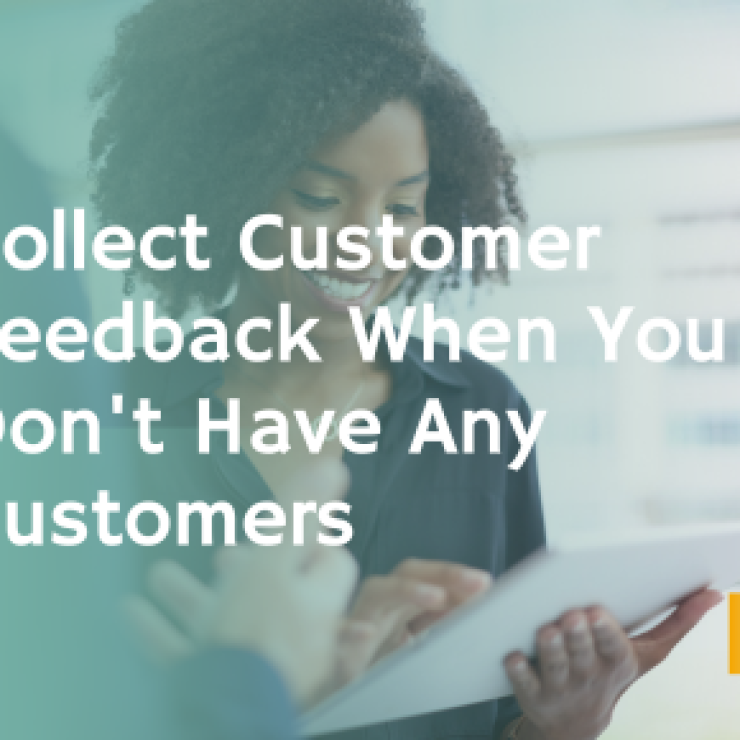A product manager’s responsibility is to be the company’s leading expert on the customer. In fact, product managers often act as intermediaries between customers and teams. Product managers not only want to know where their product or service falls but also to ensure that the existing framework for online customers is consistent with their service or product offering.
Customer feedback is one of the best ways to connect product performance and customer expectations.
As a product manager, it is particularly important to collect high-quality customer feedback, regardless of whether you are currently developing a new product or have just created a product. Feedback gives you the data you need to navigate your product strategy in the right direction.
Here are some benefits product managers can get from collecting customer feedback.

Improve the user onboarding process
User onboarding is more important than you think. Basically, onboarding means making your customer more familiar with the product. A good onboarding experience can bring you a number of benefits, including reducing your support costs, increasing product adoption, increasing conversions, and lowering the cost of selling.
This means that a poor onboarding process can be detrimental to your growth – especially because onboarding is where you set the tone for future purchases or interactions with your business.
Therefore, by collecting feedback during onboarding, you can increase the success of your products. Some of the most popular ways to do this are collecting feedback on a product or landing page and activity-based feedback.
Gathering feedback on a product or landing page
Imagine the following scenario: your visitor looks at your product page or landing page. A passive feedback form can be placed on each page. This offers your visitors the opportunity to provide feedback on a very specific product.
Once the visitor clicks on the “Feedback” pop-up window, a form will open with a form. However, if you want to use a pushy approach, you can set up an exit feedback trigger as well. An exit feedback form is triggered when a visitor visits a webpage and then attempts to exit (e.g., to enter a new URL or exit the window). This feedback form usually asks the visitor why they are leaving the page.
Collect activity-based feedback
Many companies use a series of steps in their onboarding process for a visitor to complete. They are steps such as entering personal information to sign up for a service or completing a task successfully.
For example, for a company that sells tech devices like sports watches, successful onboarding might install an app linked to the watch and sync the app to the watch. This is a sign that the user knows how to use the product properly and get the most out of it.
For an insurance company, this would be a step-by-step application process, with the user submitting their personal information. Often this is divided into stages, and the onboarding is only successful when the user has completed the last step (e.g., payment).
Build a data-driven product roadmap
From defining a strategy to product road mapping and from feature definition to marketing forecasting, product managers and their teams are busy. Not to mention one of the most important tasks of a product manager is to help his team make good strategic decisions.
This includes finding ways to improve products and setting priorities. This requires a good overview of how your products are performing (including how your customers perceive them).
An online feedback tool is a great way to get that overview without having to take additional (and time-consuming) steps internally, such as B. Asking the sales team for input based on previous phone calls.
With the help of customer feedback, you can quickly identify the strengths and weaknesses of your products. This is done via digestible dashboards and charts, where product managers can visualize their feedback results and quickly spot trends. Once you know where you’re doing well and where you’re falling short, you can easily prioritize your work and create a product roadmap.
Improve the digital customer experience (CX)
With the insights gleaned from your analysis, you can provide your product team with the right direction to make fast, effective changes to improve the customer experience.
These insights not only create space for better product development and intelligent marketing initiatives but can also help improve your product offering. All of this will help you stand out from your competitors, generate new customers and build loyalty with existing customers!
Are you ready to improve onboarding processes, create optimal product roadmaps and iterate faster with online feedback?




